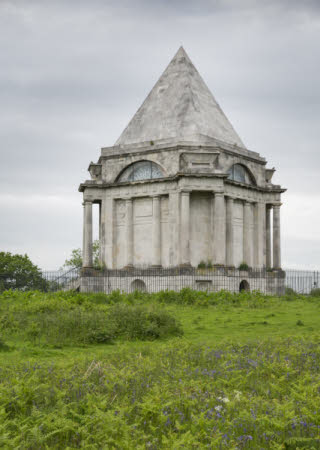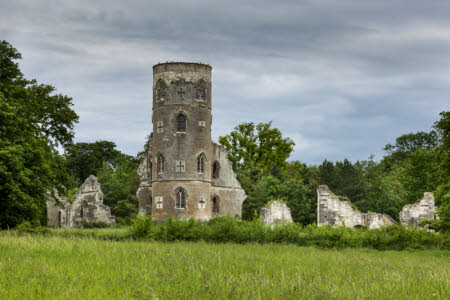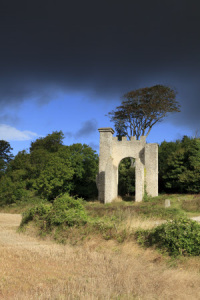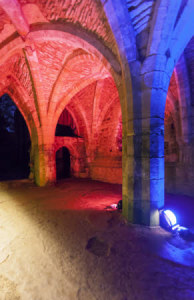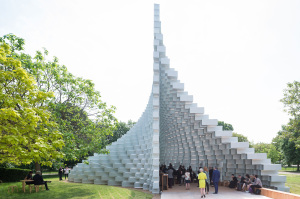A brief but energetic exploration of the architectural phenomenon that will be celebrated on October 5th. Tickets available here.
A folly is a whimsical or extravagant structure built to serve as a conversation piece, lend interest to a view, commemorate a person or event. They are found most often in 18th century England.
The best explanation of a folly is an example.
First things first:
The Darnley Mausoleum
Our celebrated folly was originally intended to be the eternal resting place of the Earls of Darnley and family. Although it was completed in 1786 it was never consecrated and could not be used for burial. With it’s prominent pyramid visible above the tops of Cobham Park, landscape designer Humphry Repton suggested it be converted to a viewing platform.
The Gothic Folly at Wimpole
Built after a design by Philip Yorke, 2nd Earl of Hardwicke’s father for their castle. ‘Capability’ Brown oversaw the construction of this folly which features panoramic views of the parkland and country.
The Penshaw Monument
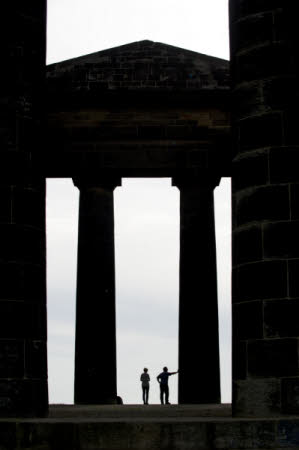
Visitors at Penshaw Monument, Sunderland, a Doric temple commemorating the 1st Earl of Durham, Governor-General of Canada.
This grand monument was built in 1844 in memory of John George Lambton, the first Earl of Durham. At 30 metres (98ft) long, 16 metres (52 ft) wide and 20 metres (66 ft) high, it is rather imrpessive and well worth a visit. You can enjoy far-reaching views and some peace and quiet.
The Flint Folly
This flint archway known as The Folly was built in 1817 at the request of Anne, Countess of Newburgh. The design was taken from an old Italian print, and originally had a thatched tea house on the south side. The Countess would drive here in a four horse wagonette to take tea and enjoy the view. It’s still a lovely place to picnic, with tremendous views down to the coast.
